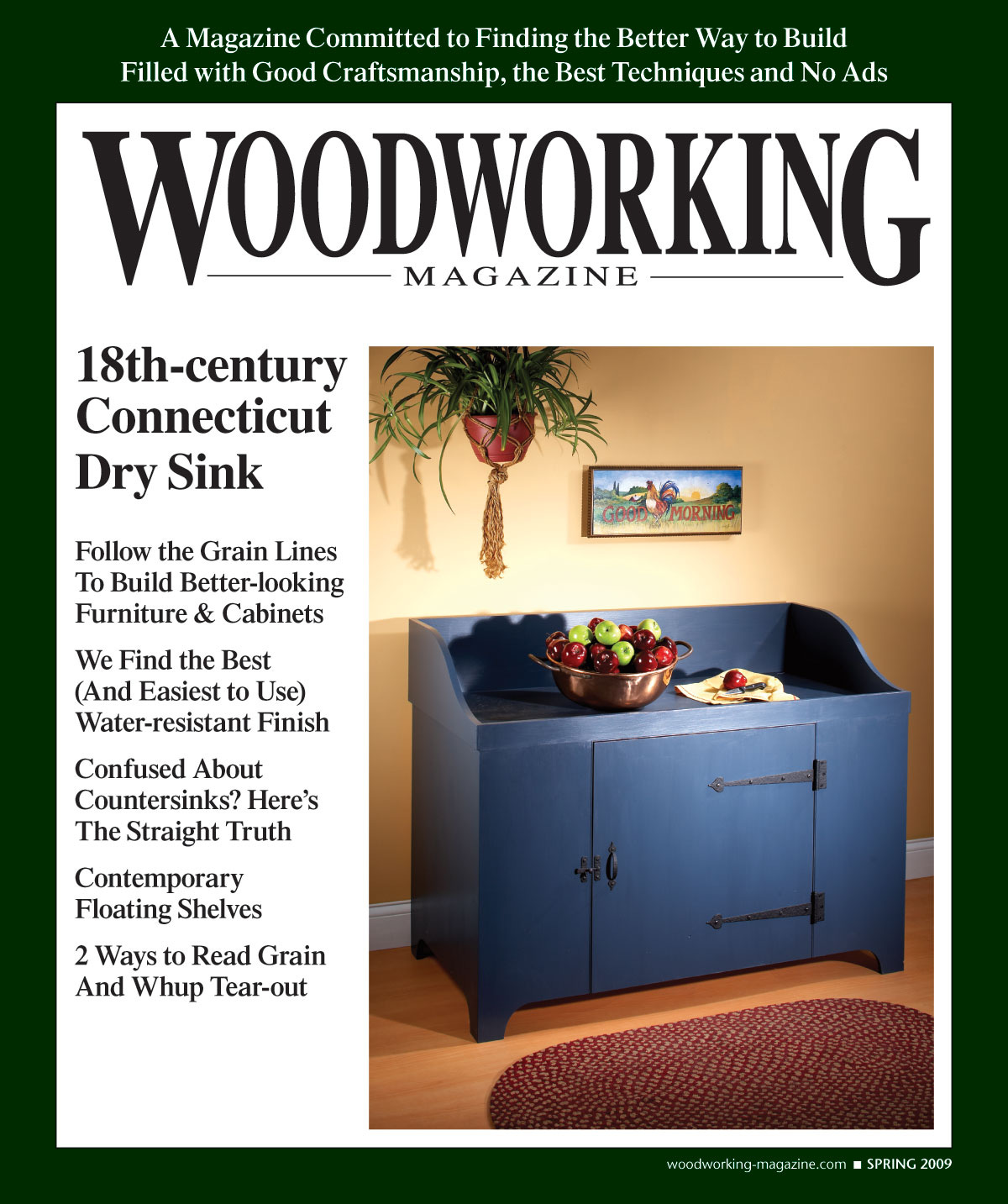I read somewhere that the Wilco song "Spiders (Kidsmoke)" is what a panic attack sounds like inside your head. I'd have to agree, except the song should be about three hours long.
My first panic attack was in early 2009. I was driving to work at Popular Woodworking Magazine in the pitch-black rain. Those days I was up at 5:45 a.m. On the road by 7 a.m. And working by 7:30.
That day I needed to paint a dry sink, the cover photo for the Spring 2009 issue of Woodworking Magazine. The whole thing had been a real cock-up. Despite all the design work I'd done beforehand, the dry sink looked awkward in the overall. Despite the gorgeous clear sugar pine I had scored for the project, the color of the boards was mismatched on the front of the chest. And despite it being a simple project (joinery-wise), I was tardy. I had to finish the dry sink on the same d…
Keep reading with a 7-day free trial
Subscribe to The American Peasant to keep reading this post and get 7 days of free access to the full post archives.




